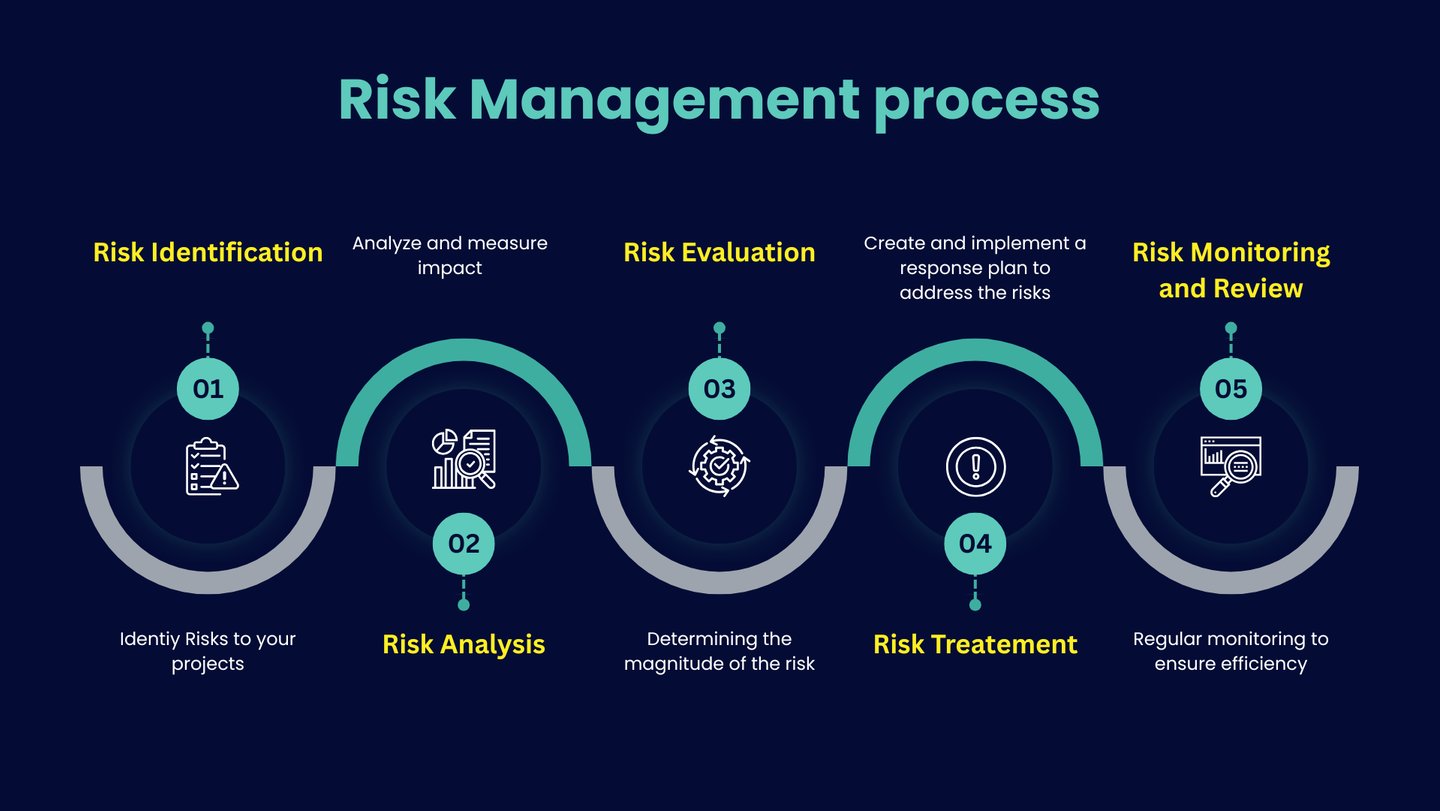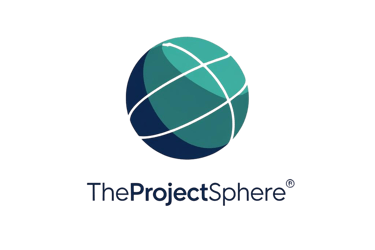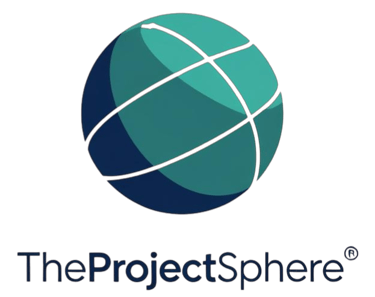Conducting risk assessment using the template
Risk assessment forms the backbone of effective risk management, turning uncertainty into actionable insight. Using a risk register template provides a structured way to identify, analyze, and prioritize risks, ensuring no potential threat is overlooked.
By systematically evaluating each risk, organizations can make informed decisions, allocate resources efficiently, and implement mitigation strategies. Regular updates keep the process dynamic, transforming the risk register into a living tool that strengthens project outcomes and organizational resilience.
Risk Identification
Begin by uncovering potential risks from multiple sources, including team brainstorming sessions, past project data, industry trends, and stakeholder interviews. Encourage open communication to capture even minor risks that could grow into major issues. Early identification increases your options for mitigation and helps prevent surprises during project execution.Risk Analysis
Analyze each risk by assessing its likelihood and potential impact. Many risk registers use numeric scales, such as 1–5, to quantify both aspects. Calculating a risk score by multiplying likelihood and impact allows you to rank risks objectively, helping teams focus on high-priority threats that require immediate attention and careful management.Risk Evaluation
Evaluate the scored risks to determine their overall severity and identify the appropriate mitigation strategy. Engage key stakeholders in discussions to validate assessments and ensure no critical risks are overlooked. This evaluation ensures that mitigation efforts are aligned with business priorities and that resources are allocated effectively.Documenting and Updating
Maintain the risk register as a living document, updating it as new risks arise or existing ones evolve. Documenting changes in real-time ensures the team responds promptly to emerging threats. Continuous updates provide an accurate, up-to-date view of the organization’s risk landscape, supporting proactive risk management.Prioritization and Action
Use the risk scores and evaluations to prioritize which risks need immediate mitigation. Assign ownership, establish timelines, and define clear actions for each priority risk. Prioritization ensures that efforts are focused on the most critical areas, improving the organization’s ability to manage threats effectively and reduce potential negative impacts.
What is a risk register?
A risk register is a structured document used to identify, track, and manage risks throughout a project or within an organization’s operations. It serves as a central repository for all known risks, helping teams stay aware of potential issues that could impact objectives. Each entry typically includes a risk description, the likelihood and impact of the risk, the person responsible, and planned mitigation or treatment actions.
In the context of ISO 27001 or any compliance and governance framework, a risk register is essential for developing a systematic and repeatable risk management process. It aligns with the principle of continuous improvement and helps ensure that organizations regularly monitor and respond to emerging threats. Risks can range from cybersecurity vulnerabilities and data breaches to supply chain disruptions or regulatory changes.
Read the “ISO 27001 certified: Full breakdown” article to learn more!
By maintaining a living record of risks, organizations can make informed decisions, allocate resources effectively, and demonstrate accountability to stakeholders, auditors, and regulators. Most importantly, the risk register is not just a compliance requirement – it’s a practical tool that supports proactive planning and strengthens operational resilience. Whether you’re launching a product or managing enterprise-wide systems, a well-maintained risk register brings clarity and structure to the complex world of risk management.
What is a Risk Management process?
A risk management process is a systematic method for identifying, analyzing, prioritizing, and responding to potential threats that could impact an organization's or project's objectives. The goal is to proactively manage uncertainties by developing strategies to reduce their potential impact and increase the likelihood of success.
The process typically involves several key steps:
Identify risks:
Brainstorm and document potential threats from various sources, such as financial, operational, or external factors.
Analyze risks:
Assess the likelihood of each risk occurring and the potential impact it would have on the project or organization.
Prioritize risks:
Rank risks based on their potential impact and likelihood to determine which ones require the most urgent attention.
Develop response strategies:
Create plans for how to handle the high-priority risks, which could involve mitigating, avoiding, transferring, or accepting them.
Monitor and review:
Continuously track the identified risks and the effectiveness of the response strategies, and adjust the plan as needed.


COntact
info@theprojectsphere.com
© 2025. All rights reserved.


